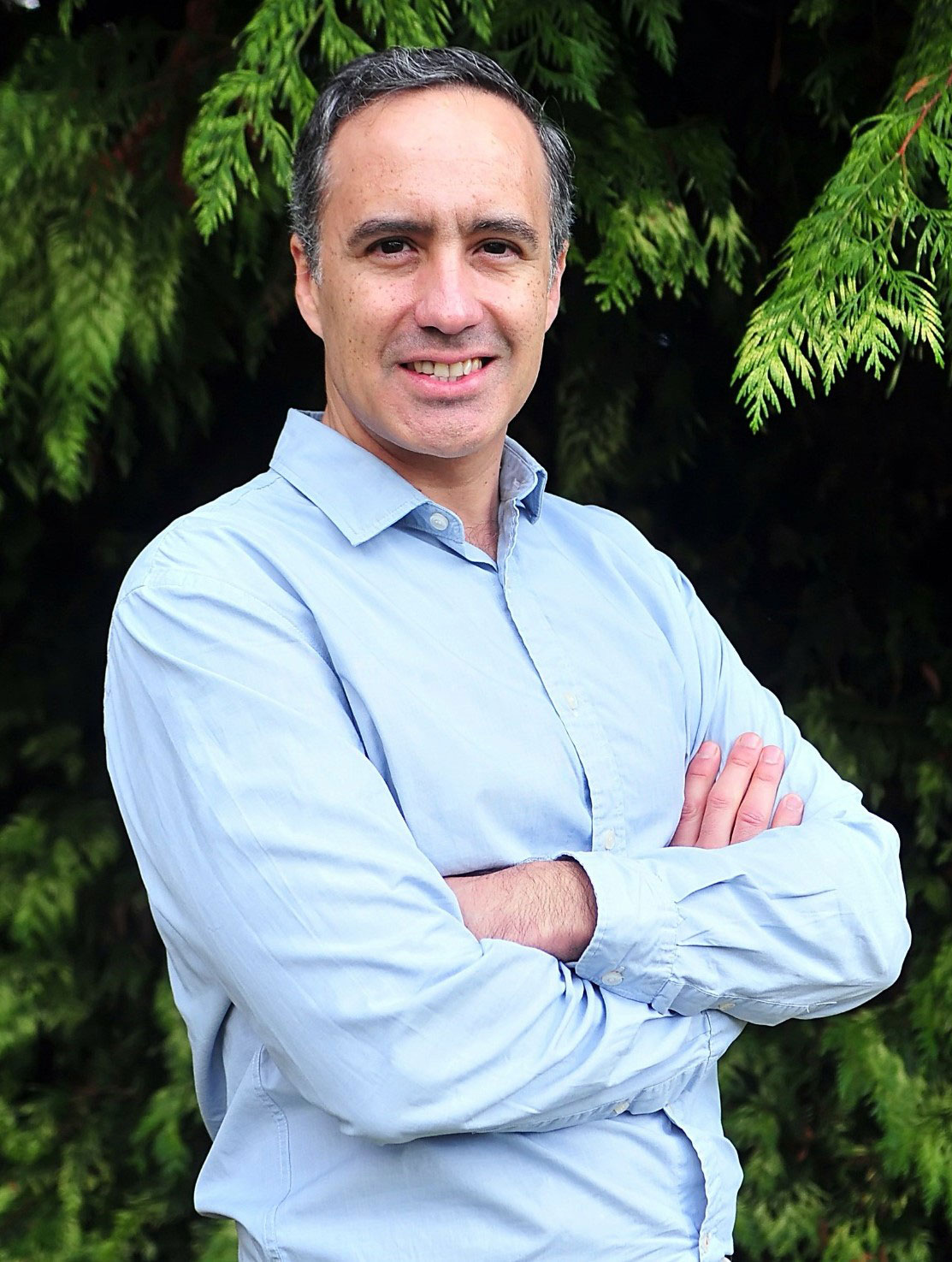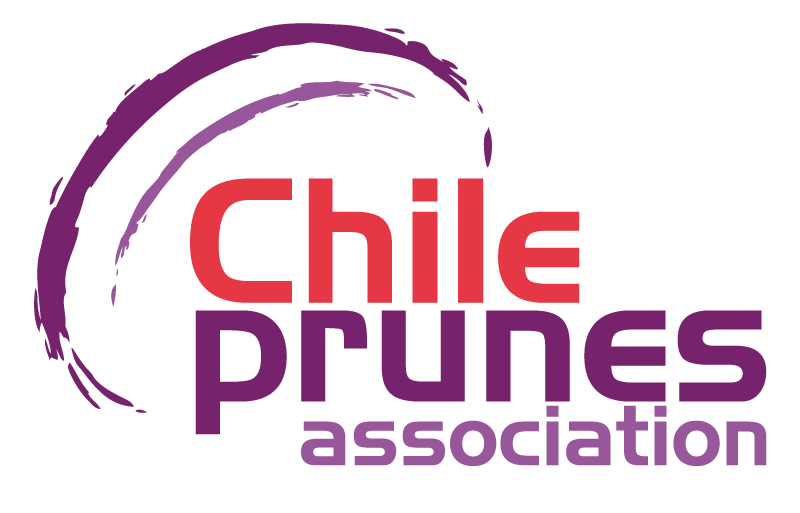1. We know that the Chile Origen Consciente program seeks to organize sustainability challenges in order to transform the national agri-food sector. How does the dairy consortium carry out this transformation, thinking about the commitment to people, communities, the environment and the development of local economies?
From the conception we have of sustainability work at the grassroots level and when we made a sustainable development agenda, we made the analysis and prioritized actions in the economic, social and environmental areas. In the economic area, one of the main issues we prioritized was precisely the development of local economies and people. Therefore, it is in the guidelines that we have as a consortium. We implement it within the Chile Origen Consciente program, but also within other programs that we work on at a more specific level. So it is one of the pillars of our institution’s work and is part of the sustainability agenda that we have as a roadmap. In addition to the actions that we generate for the standard, there are several actions that we prioritize online, because ours is a productive sector that is based on working at the local level with the communities, in the rural world and with nature. These are the bases for a productive sector such as ours to exist and to be able to provide the fundamental food that is milk and dairy products. Therefore, if we do not generate the conditions to be able to project ourselves based on our rural environment, and the south of Chile is an environment of very pure nature, very little exploited, if we do not project ourselves in that context and generate development at the level of people, economic and integral development; we cannot project ourselves as a sector. For the same reason, all the agricultural and livestock sectors are accelerating their change of focus to work on the development of the environment and people.
2. What are the gaps and challenges you have identified in this public-private alliance to build a certifiable standard?
The idea of creating a certifiable standard is quite a big challenge. It is a cultural change for the dairy and agricultural sector. And there is an issue of resistance to change in these sectors, as well as demands that are self-imposed by the sector itself, and the most complex part is how to implement it in reality, once these two barriers are overcome. Putting it into practice, because in theory it may sound very good, but in reality it teaches us that nothing is that easy. So we gradually, over a long three-year period, worked to overcome these challenges, which are quite important each one by itself. There was a period of awareness and communication about how important it is to advance in sustainability and how a sector like ours depends on working as soon as possible, now and in the future. There was also work to prioritize actions and to see with all the members of the chain which actions can be carried out and those that the farms can, in reality, fulfill in the medium term. From there, we were able to see how to generate a path to improve or grow in the fulfillment of these actions. Finally, the test in practice with a monitoring and a pilot project that allowed both professionals and the producers themselves to really put into practice all this idea and theory that we proposed to be reviewed and prioritized, before going through this pilot project to see how it works. And in this super important to have the right farmers. There is always a group of farmers who have the profile of early innovators who are willing, out of conviction and for the business itself, to take these more challenging steps. In this case we had around 40 companies that have, as a whole, 100 installations, and that were able to certify these 100 installations and pass the certification between 1 to 3 years, which is the period of time that it is possible to certify. This is very relevant because it is the first time, in our case, that there is this certification of sustainability at the level of dairy farms, which implies a broad certification, unlike other certifications that are more specific, this one implies that the farm is certified in the 3 pillars of sustainability; economic, social and environmental. And it allows to show other farms that it is possible. It also shows that the dairy sector has already advanced enough to be able to certify a relevant number of farms and allows us to gather all the learning that was achieved, both at a professional level and from the producers themselves, to take the next steps, which for us is to extend this certification to the rest of the milk producers.
- ¿Tienen un feedback de las empresas beneficiarias, para saber cómo les va en su negocio luego de la certificación?
Sí, tenemos un feedback sistematizado, porque el mismo programa que hemos construido junto al Ministerio de Agricultura; la Agencia de Sustentabilidad y Cambio Climático, con el apoyo del IICA, tiene en sí una ventaja: hay auditorías de mantención, donde todos los años los productores, independiente de que sean certificados por tres años, o no, tienen que contar en qué están, para poder mantener esa certificación. Entonces si se certificaron por 1 año, tienen que volver a auditarse. Además, cada 3 años hay una revisión del estándar y el próximo año 2024 toca revisarlo. Y lo que hacemos en las auditorías con los productores que ya están certificados y con los profesionales que ya están capacitados, cerca de 40 asesores capacitados más los auditores que son otros 30, más menos, es chequear y revisar el estándar. Vemos cuáles son las mejoras, cuáles son los cambios que hay que hacer, y todo eso nos permite ir escalando, que es la ambición que tenemos; escalar y que el resto del sector lácteo, los otros eslabones, también vayan viendo que, así como nosotros vamos asumiendo estos desafíos, ellos también vayan tomando los desafíos que les corresponde. Así en un momento llegar a lo que estamos haciendo ahora, que estamos diseñando la posibilidad de llegar al producto final con el sello, que es el resultado final de lo que queremos, porque hasta ahora está funcionando como una certificación inter empresas; una B to B. Lo que queremos es que finalmente el consumidor pueda, para el próximo año 2024, identificar en el producto a través de un sello, que vea que está toda la cadena incluida en este avance en sustentabilidad. Y ojo que esta es una certificación del mundo privado, porque no hay una normativa ni una ley al respecto. Y el mismo mundo privado se la ha autoimpuesto. También está trabajando el sector porcino, el sector avícola y los carozos. Todos estos sectores, junto con el lácteo, nos hemos autoimpuesto este estándar para poder mostrar los avances y los esfuerzos que estamos teniendo como sector en sustentabilidad, porque creemos que este es, genuinamente, el único camino que todos los sectores productivos tenemos que tomar para asegurar la propia supervivencia como sector y proyectarnos como planeta hacia el futuro. Esta es la forma que nosotros queremos mostrar en que hemos avanzado y que el consumidor pueda darse cuenta y consumir con confianza, productos que para su salud son beneficiosos. Hace harto tiempo el análisis general ya no es que algo es; o delicioso; o económico o beneficioso, para tu salud, por separado. Ahora la mirada es completa, entonces no puedo sacrificar sustentabilidad de mi entorno, por ejemplo, solo porque algo es beneficioso para la salud.
Tienen que estar las dos cosas, y eso es lo que pretendemos demostrar al consumidor que sectores como el nuestro ya lo entendemos, lo interiorizamos hace ya bastante tiempo, y que ahora estamos en la acción de demostrar que efectivamente estamos haciendo cosas para que cualquier persona pueda consumir, sabiendo que detrás de ellos hay un sector que está preocupado de lo mismo que ellos.



